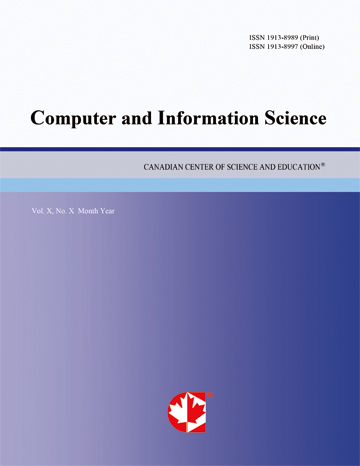Architectural Limitations in Multi-User Computer-Aided Engineering Applications
- Edward Red
- Greg Jensen
- Prasad Weerakoon
- David French
- Steven Benzley
- Karl Merkley
Abstract
The engineering design process evolves products by a collaborative synthesis of specifications, personnel and organizations. Unfortunately, collaborative effectiveness is thwarted by existing single-user computer-aided applications like computer-aided design, computer-aided analysis, and others. These applications and associated file management systems assign editing rights to one technical person, e.g., a designer, analyst, or a process planner. In the absence of collaborative computer-aided engineering applications, we conducted a survey to establish that product collaboration is limited to interactive, either formal or ad-hoc design sessions, social communication tools, serial model sharing, terminal/screen sharing, and to conference call interactions. Current computer-aided (CAx) tools do not permit simultaneous model changes by a collaborative team editing the same model. Although over a decade of prior research has demonstrated multi-user feasibility for computer-aided applications, the architectural breadth of this research has apparently not yet compelled developers and end-users to develop and adopt new multi-user computer-aided applications devoted to product development.
Why have collaborative engineering CAx tools not been commercialized for mainstream use? This paper uses several multi-user prototypes, including the first Computer-Aided Engineering multi-user prototype called CUBIT Connect, to expose additional architectural hurdles to implementing new multi-user collaborative paradigms. These challenges relate to variable algorithmic performance times, multi-threading and event driven client notification processes, distributed access level security, and model change management in design sessions.
- Full Text:
 PDF
PDF
- DOI:10.5539/cis.v6n4p1
Journal Metrics
WJCI (2022): 0.636
Impact Factor 2022 (by WJCI): 0.419
h-index (January 2024): 43
i10-index (January 2024): 193
h5-index (January 2024): N/A
h5-median(January 2024): N/A
( The data was calculated based on Google Scholar Citations. Click Here to Learn More. )
Index
- BASE (Bielefeld Academic Search Engine)
- CNKI Scholar
- CrossRef
- DBLP (2008-2019)
- EuroPub Database
- Excellence in Research for Australia (ERA)
- Genamics JournalSeek
- GETIT@YALE (Yale University Library)
- Google Scholar
- Harvard Library
- Infotrieve
- Mendeley
- Open policy finder
- ResearchGate
- Scilit
- The Keepers Registry
- UCR Library
- WJCI Report
- WorldCat
Contact
- Chris LeeEditorial Assistant
- cis@ccsenet.org
